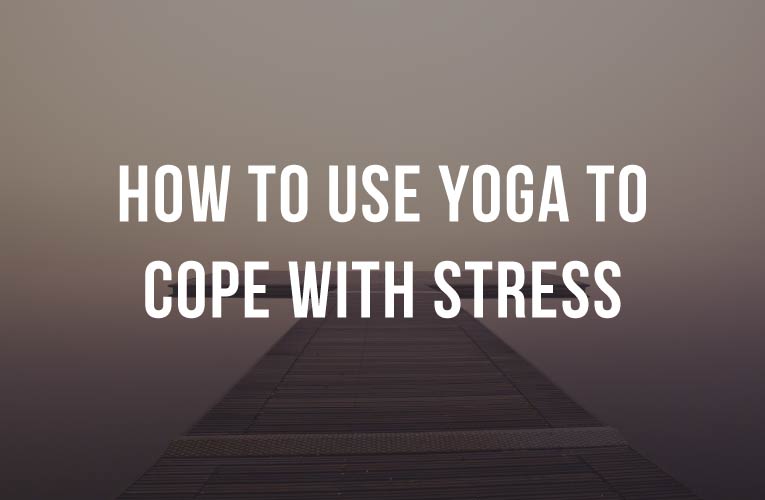We are exposed to many stressors today. The busy schedules we put ourselves in, as well as family obligations and minor inconveniences, can leave us feeling overwhelmed and stressed. When we encounter a situation that we see as stressful, our central nervous system reacts and triggers glands within the endocrine system to release stress hormones, such as cortisol, adrenaline, epinephrine, and norepinephrine. These chemical signals help us cope with short-term stressors by revving up our “fight or flight” response; however, prolonged stress exposure can have an adverse effect on our health.
For example, prolonged stress affects the cardiovascular system by exhibiting increased heart rate and blood pressure, which may correlate with Cardiovascular Disease (Wood n.d.). Chronic stress can also have an ill effect on our mental health; higher cortisol levels have been correlated with a rise in depressive symptoms in a four-year study of 74 participants (Mayer et al 2018).
We can feel burnout after a long period of ignoring or improperly coping with stress. This is because your nervous system (circuitry) IS actually tired of firing so often and being flooded with stress hormones! Finding beneficial ways to reset and calm down is imperative for long lasting health.
Yoga, which is a mindful practice, is a great way to cope with stress. By practicing mindfulness, we are enabled to be aware of how we feel, what we want to keep doing, and what we want to change. This is what I love about yoga. This is your time to plop on the mat and give your body and mind your full attention.
This ancient practice has been used for thousands of years to promote well-being and aligned living. The goal is to center yourself and calm down so that you do not carry your stress around with you throughout the day. Yoga can help slow your heart rate, relax your muscles, and promote healing.
Research has found yoga to be useful in pain management, disease treatment and therapy. Blood samples from a yoga practicing group and a non-yoga practicing group showed overtime that the yoga group’s samples contained more immune boosting cytokines, as well as less adrenaline and more serotonin than the non-yoga group (Lim & Cheong 2015). This suggests that yoga can improve immune function and regulate hormone production!
I start my day out with yoga every morning and every night at least, but that doesn’t mean that I put on yoga clothes, go to a class, or even get on a mat every time! Most nights I stretch right in my bed! You can always use yoga videos along with your practice if you prefer structure. However, I enjoy creating my own routine of stretches based on how I feel any given day. I also enjoy moving at my own pace. There are so many variations and poses, but don’t feel you need to go buy a book full of them to be a “yogi.” Move in a way that is comfortable to you!
If you feel like you are at your max stretch, don’t push yourself any farther. If you do not pay attention to your body, you can do harm to your muscle tissues.
To help you get started in your own yoga practice (if you haven’t already), I have put together some simple yoga poses that will alleviate tension in both your body and mind.

- Child’s pose
This pose is great for relieving pressure from the lower back and across the shoulders, for an added back stretch, extend your hands as far as is comfortable while pushing your fingertips to the earth. - Cat/Cow pose
This pose variation flexes the spine to improve posture and stretch the hips. You simply get on all fours and alternate between arching your back and curving it inwards. - Forward Fold
This will save your neck, back, shoulders, and quads. Until you can straighten your knees comfortably, try to keep them bent and focus more so on relaxing your upper body and letting it drape towards the earth. - Savasana (corpse pose)
This is a favorite of mine because it is so easy and so relaxing. I end most yoga sessions with a long lay on the floor. Don’t try to keep any part of your body stiff, just relax!

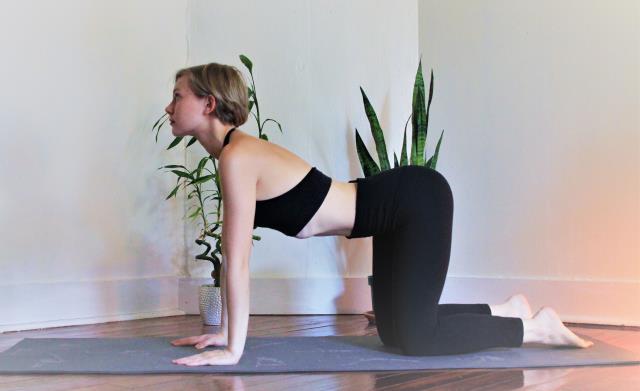
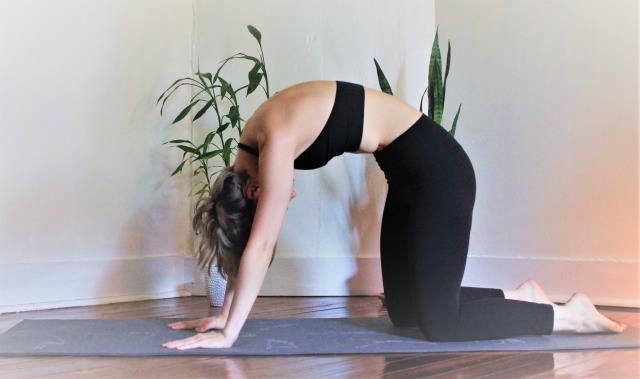
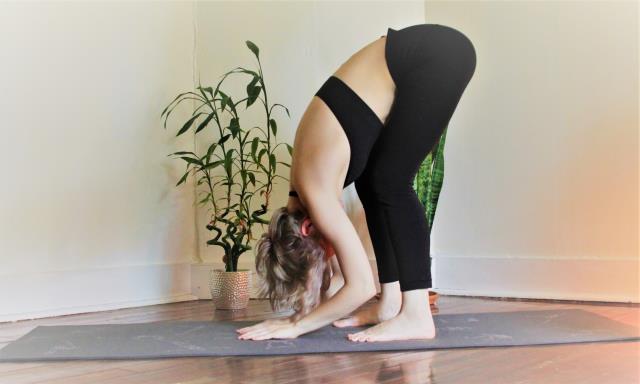
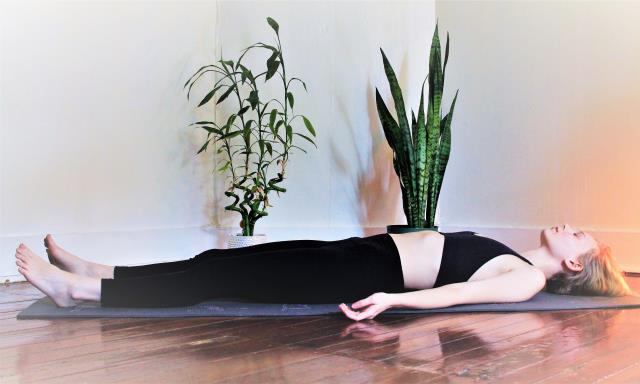
Simply show up for yourself and stretch for a while. You’ll be glad that you did!
I wish you all the best this summer!
Lim, S., & Cheong, K. (2015). Regular Yoga Practice Improves Antioxidant Status, Immune Function, and Stress Hormone Releases in Young Healthy People: A Randomized, Double-Blind, Controlled Pilot Study. Journal Of Alternative & Complementary Medicine, 21(9), 530-538. doi:10.1089/acm.2014.0044
Mayer, S. E., Lopez-Duran, N. L., Sen, S., & Abelson, J. L. (2018). Chronic stress, hair cortisol and depression: A prospective and longitudinal study of medical internship. Psychoneuroendocrinology, 9257-65. doi:10.1016/j.psyneuen.2018.03.020
Wood, S. K., & Valentino, R. J. (n.d). The brain norepinephrine system, stress and cardiovascular vulnerability. Neuroscience And Biobehavioral Reviews, 74393-400.
